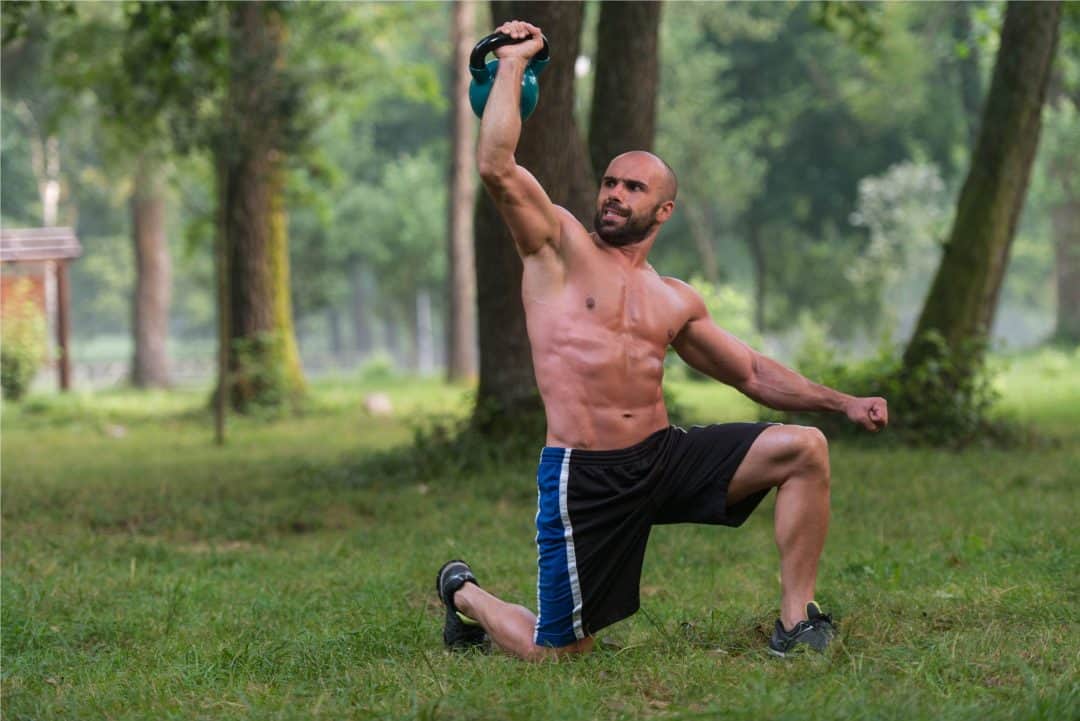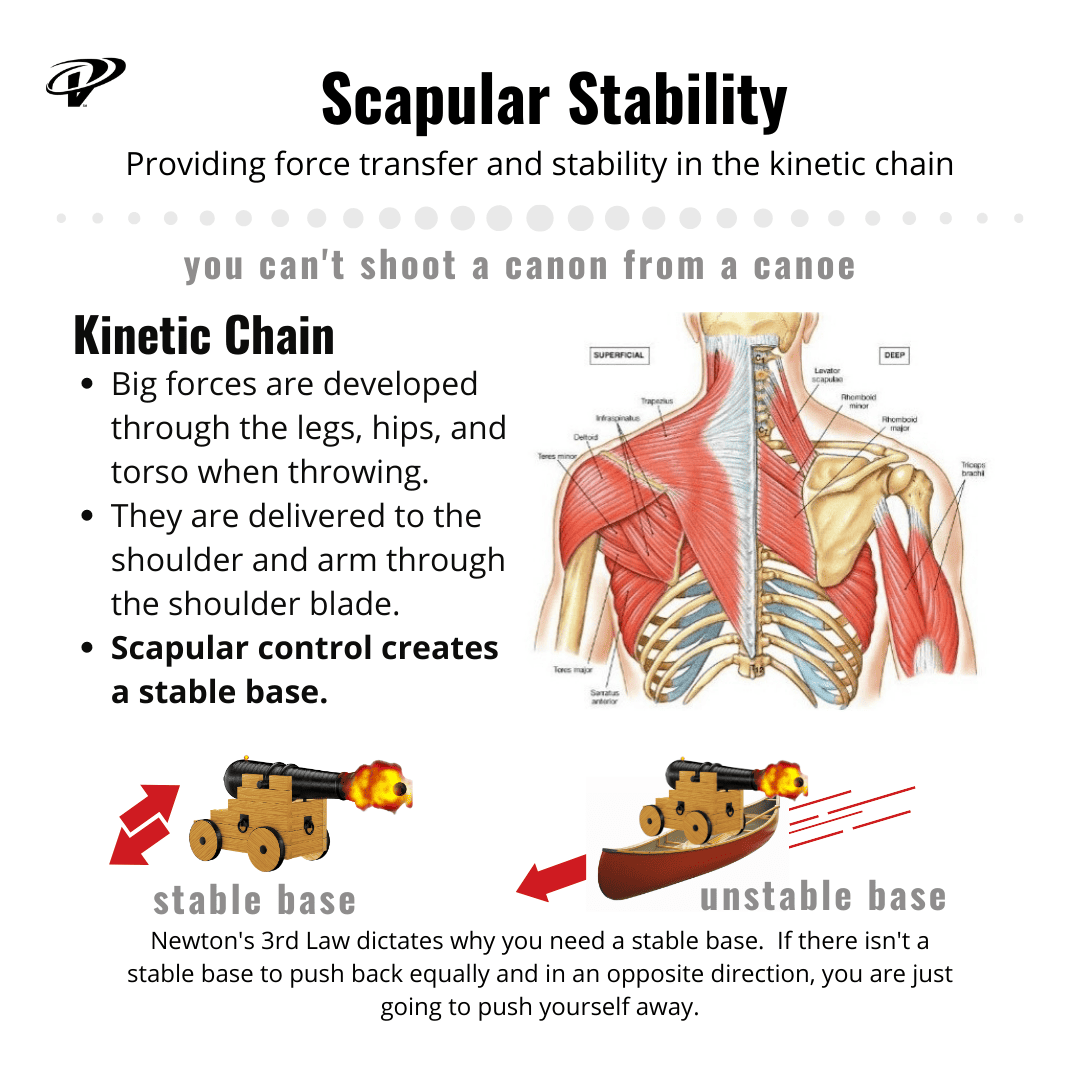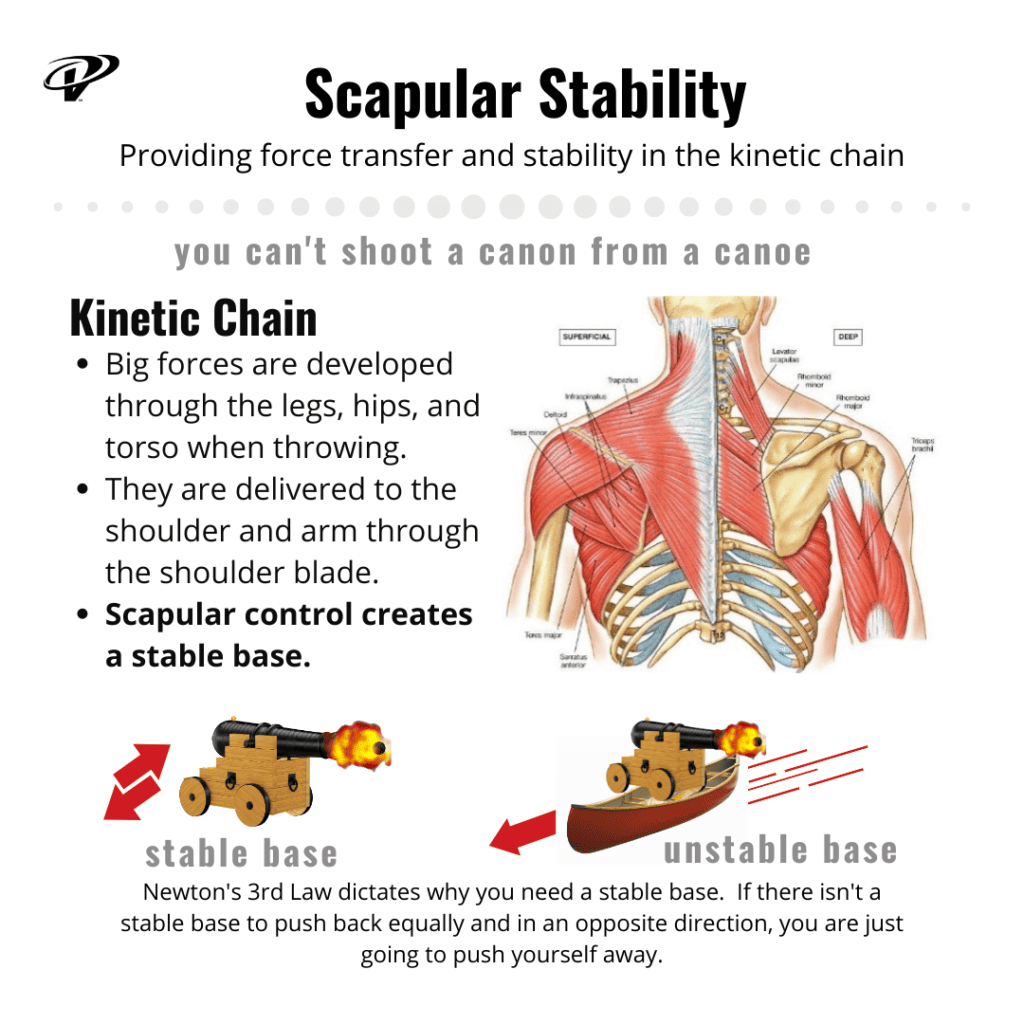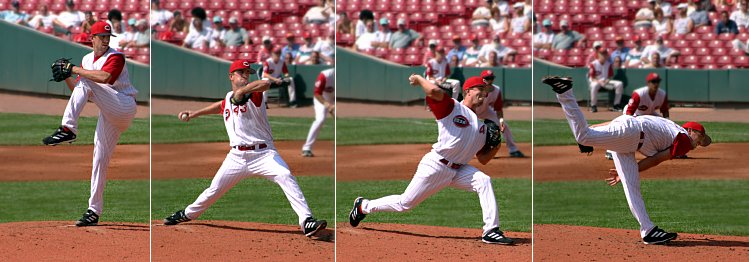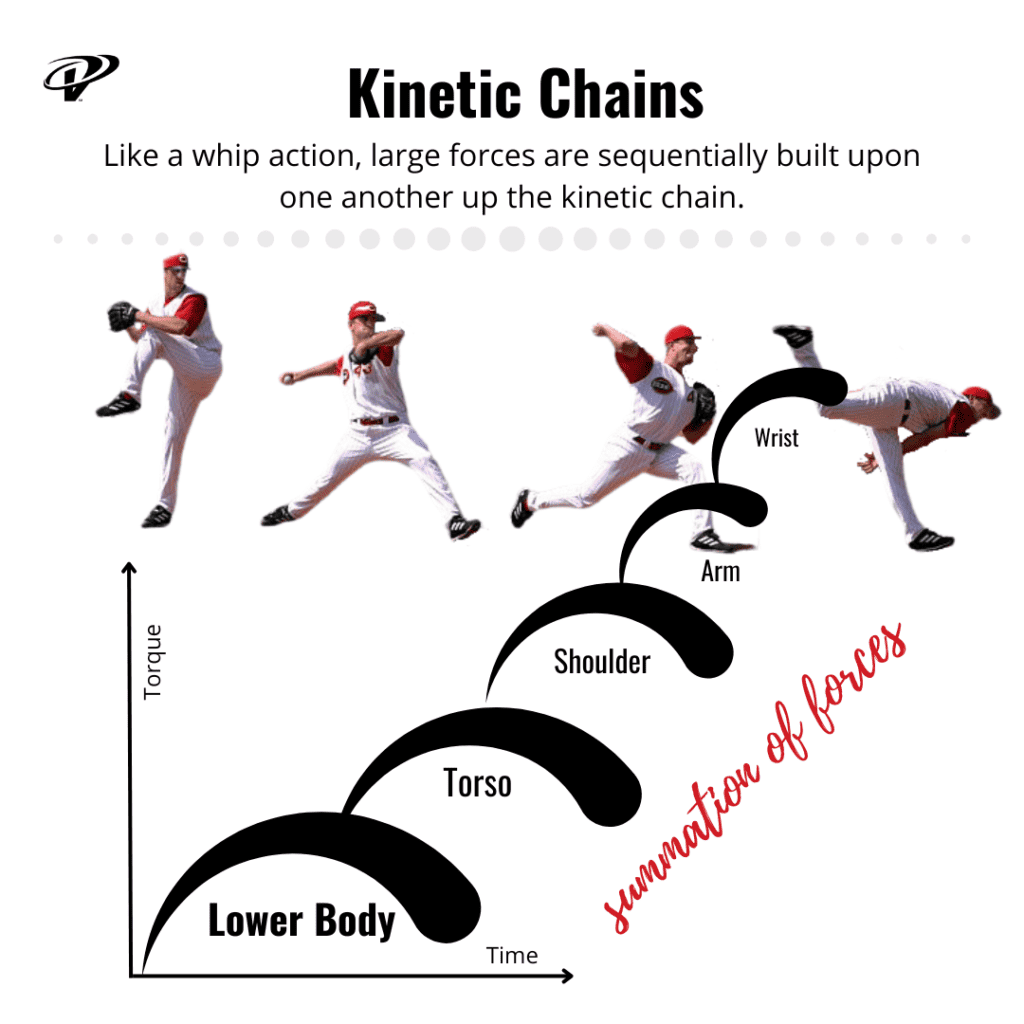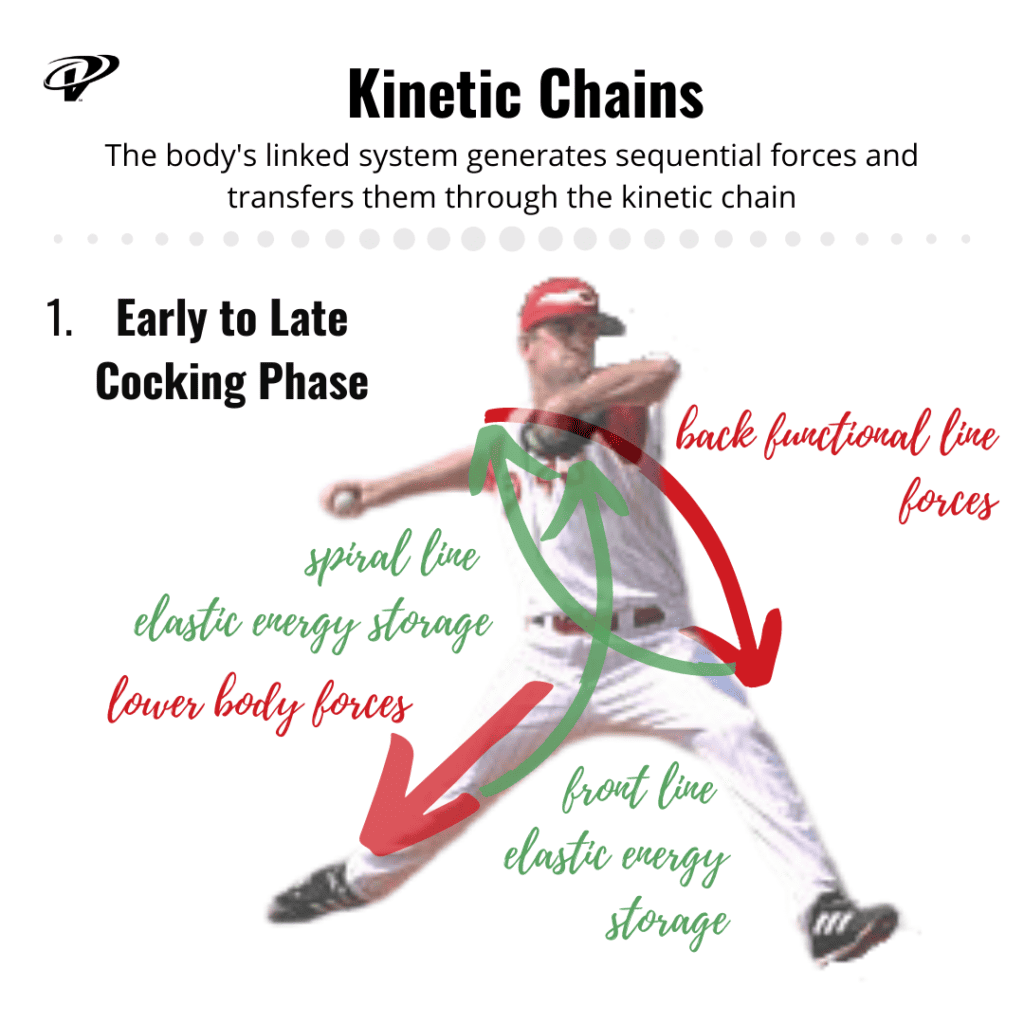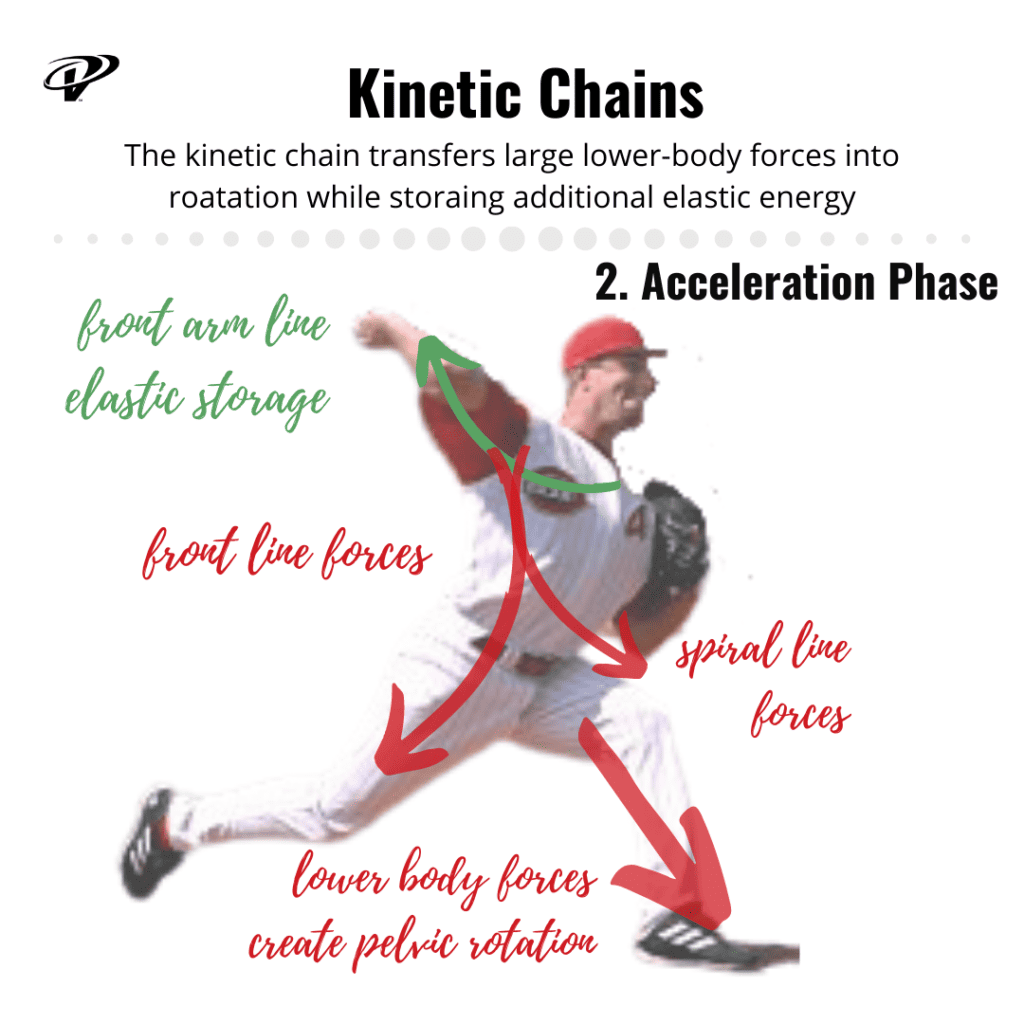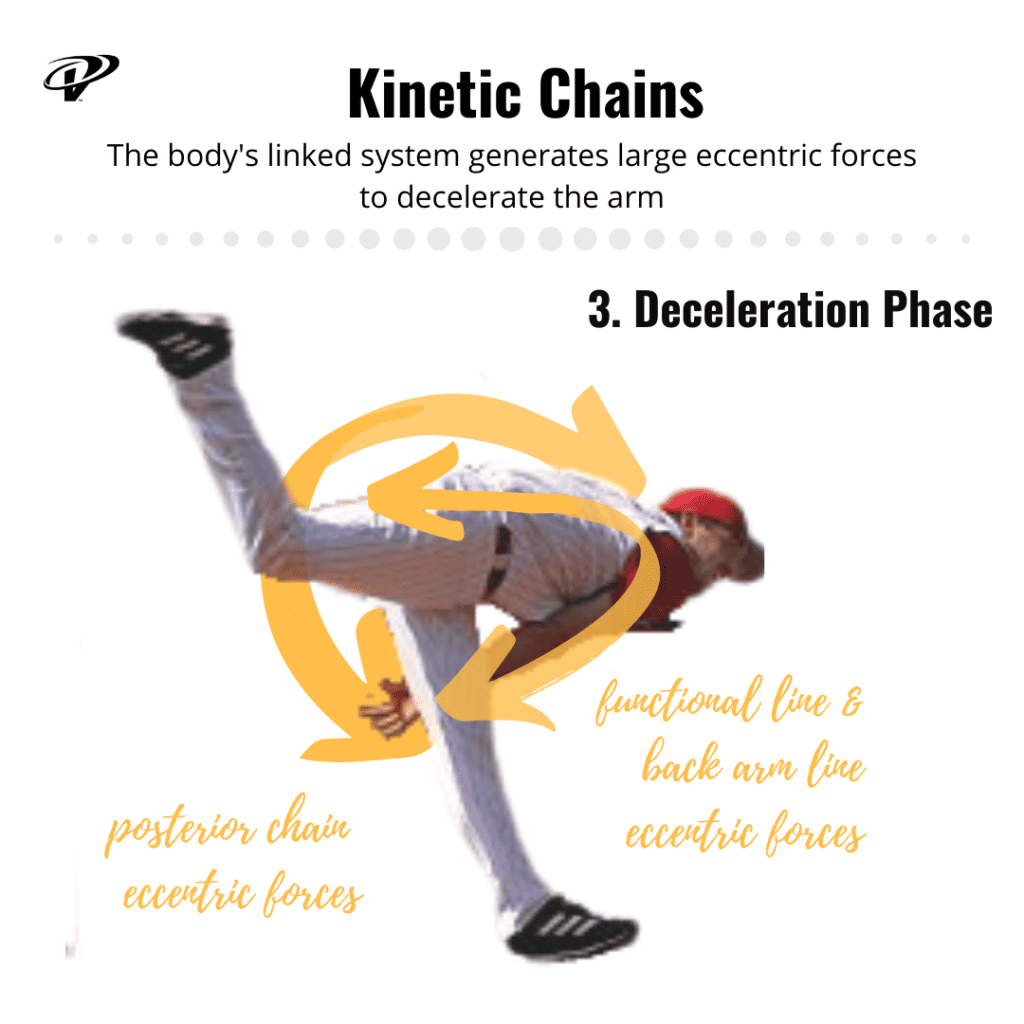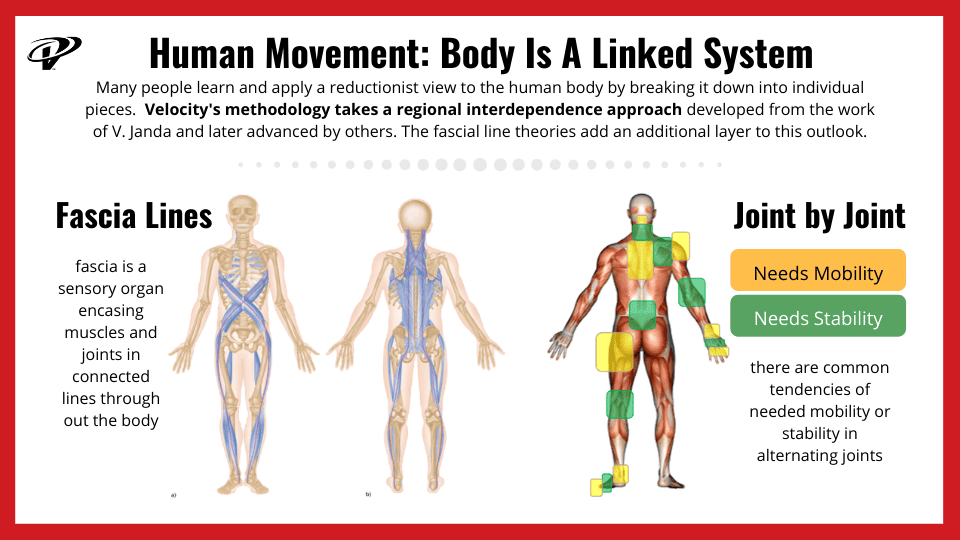As a physical therapist specializing in sports rehabilitation, I often encounter questions and concerns regarding the safety and effectiveness of overhead shoulder exercises.
Today, I want to address these concerns and shed light on the importance of incorporating these exercises into your fitness routine. So let’s dive in!
The Power of Overhead Shoulder Exercises
Overhead lifting exercises, such as shoulder presses, pull-ups, and barbell snatches, have gained popularity among fitness enthusiasts and athletes alike. And for good reason!
They are fantastic for building muscle and strength in your shoulders, contributing to overall athletic performance.
Think about it – whether you’re reaching for something on a high shelf, loading your gear onto a roof rack, or hanging a picture frame, these daily activities often mimic the motion of an overhead press.
By incorporating overhead shoulder exercises, you can enhance your functional movement patterns and perform these activities with ease.
And its part of our design. Human shoulder complexes are designed to be able to function in a really big range of motion. That includes overhead.
Understanding the “It Depends” Factor
Now, let’s address the elephant in the room: the notion that overhead exercises are inherently bad or should be avoided. They are not.
However, there’s more to it.
Whether overhead exercises are suitable for you depends on a variety of factors. I want to emphasize that I am not advocating for blindly performing these exercises despite pain or shoulder issues.
Therefore, to answer this question, we need to take a more pragmatic approach and consider the bigger picture.
Mobility Matters
First and foremost, you must have adequate overhead mobility. Can you fully raise your arm overhead without arching your back, shrugging, or experiencing any discomfort?
If not, it’s crucial to address any mobility limitations before attempting overhead exercises.
This lack of mobility may stem from various areas, including the shoulder joint, the scapula-thoracic joint, or the thoracic spine. While many people focus on the shoulder itself, often the scapular muscles and lats are bigger culprits.
Additionally, muscular imbalances can also contribute to limited overhead mobility.
Remember, if you can’t lift your arm overhead comfortably, it’s best to work on improving your mobility before diving into overhead presses.
Stability is Key
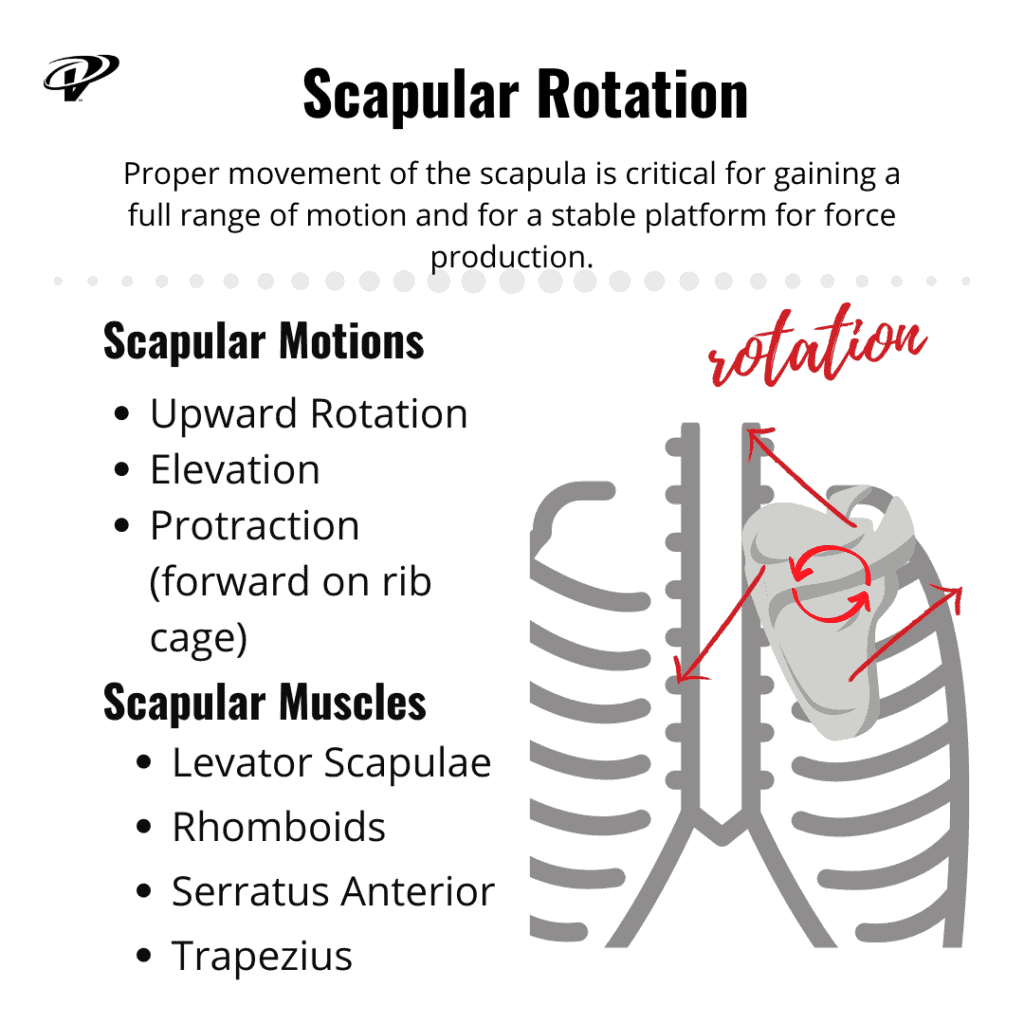
Another critical factor is shoulder and spine stability. To handle the demands of overhead lifting, you need adequate stability in your shoulder girdle.
This stability is achieved through a strong foundation created by your upper back, scapular muscles, rotator cuff, and even your trunk and core.
Muscular imbalances and stability deficits are common issues that can impact the shoulder girdle, so it’s important to address these through appropriate exercises and training techniques.
Remember, the heavier the weight you lift, the more stability your shoulder girdle requires.
Mastering Load Management
In the pursuit of optimal shoulder health and performance, many enthusiasts overlook the importance of load management.
- Intensity (weight)
- volume (sets and repetitions)
- frequency (how often)
Even with excellent mobility and stability, improper load management can lead to soreness and shoulder discomfort over time.
It’s crucial to find the right balance and avoid overwhelming your body’s capacity to recover. Remember, depending on your goals, you may not need to lift maximal loads to get the benefits.
Just like pitchers monitor their pitch counts to prevent overuse injuries, you must understand that pushing too hard or too frequently can hinder your long-term fitness and performance goals.
The Art of Exercise Modification and Scaling
When it comes to maintaining shoulder health in the long run, understanding exercise modification, regression, and scaling is paramount.
Understand, there is no one-size-fits-all approach.
Each individual may have unique limitations or restrictions that require adjustments. Fortunately, any functional movement pattern can be modified or scaled to achieve the same goal of building strength and improving fitness.
For example, if a barbell overhead press feels uncomfortable, consider using dumbbells or kettlebells instead to allow more freedom of movement. Additionally, the use of a landmine setup can be an excellent alternative when a full overhead position is not possible.
The key is to find overhead lifting variations or positions that work for you while minimizing stress on the shoulders.
Whether you’re dealing with mobility restrictions, recovering from an injury, or experiencing shoulder discomfort, modifying and scaling exercises can help you achieve success while reducing excessive tissue stress.
To ensure effective modifications, regressions, or scaling, it’s advisable to seek guidance from a knowledgeable healthcare professional or fitness expert who can tailor exercises to your specific needs.
Embracing a Mindset of Control
In conclusion, let’s revisit our initial question: Are overhead lifting exercises safe? The answer is a resounding yes.
However, we must acknowledge that individual circumstances and factors come into play. It’s essential to take ownership of our bodies and understand that the exercises themselves are not to blame.
Instead, poor mobility, stability, and training habits are the culprits behind potential issues. By addressing these areas and seeking professional guidance, you can take control of your body’s capabilities and unleash your full potential.
Remember, if you’re new to exercising or currently dealing with an injury, it’s always wise to consult a qualified healthcare provider who can offer personalized advice based on your unique situation.
So, embrace the benefits of overhead shoulder exercises, focus on improving mobility and stability, manage your training load wisely, and don’t hesitate to modify or scale exercises when needed.
With the right approach, you’ll be on your way to achieving optimal shoulder health, enhancing your athletic performance, and enjoying the benefits of a well-rounded fitness routine.
